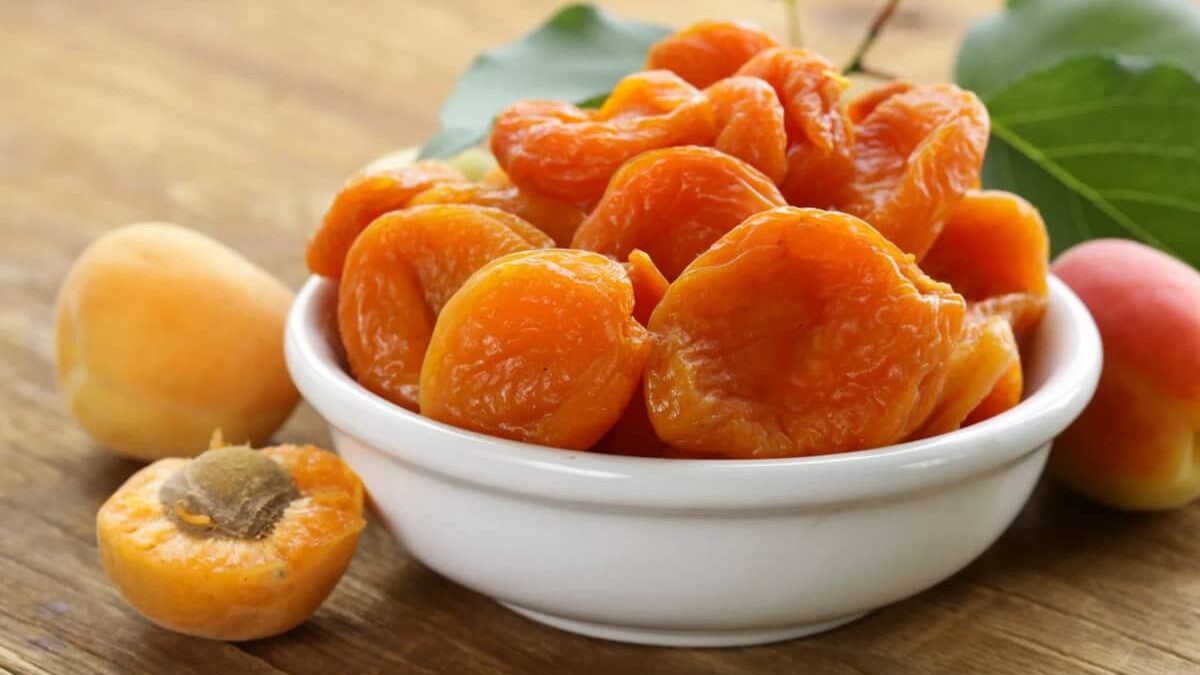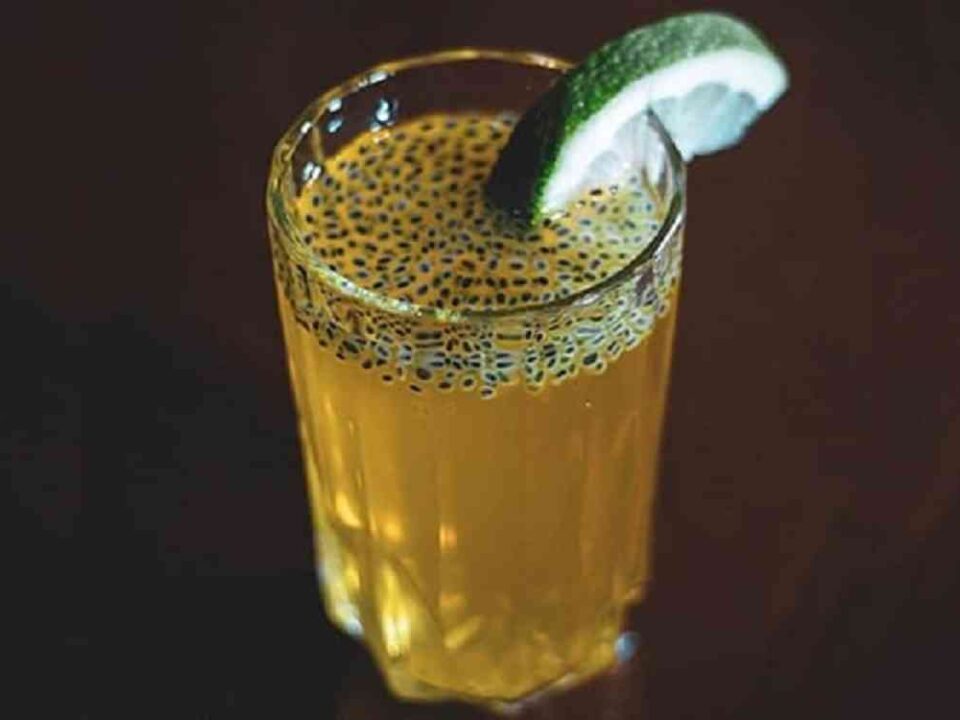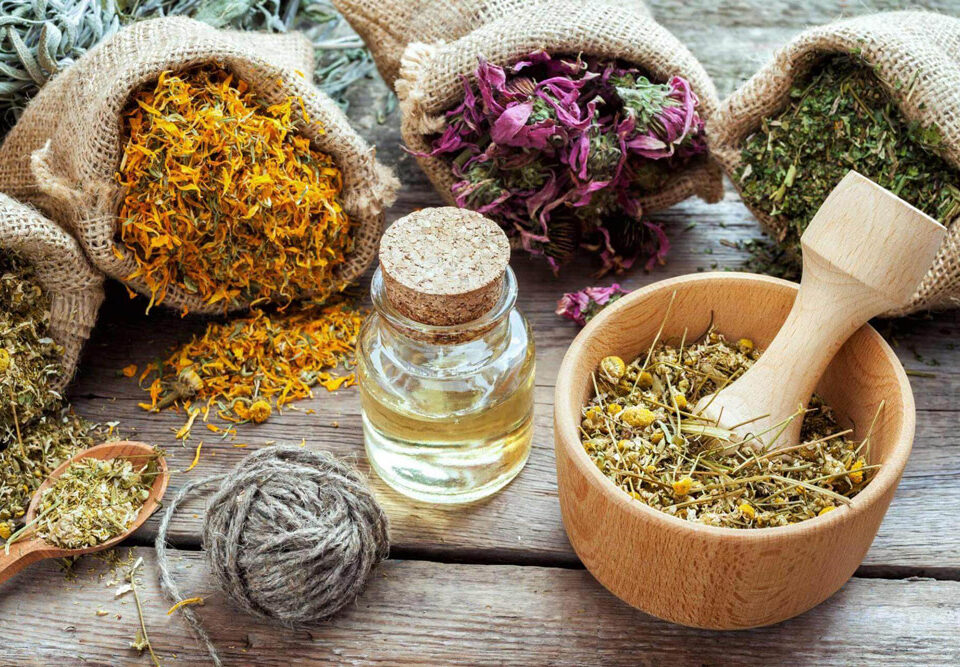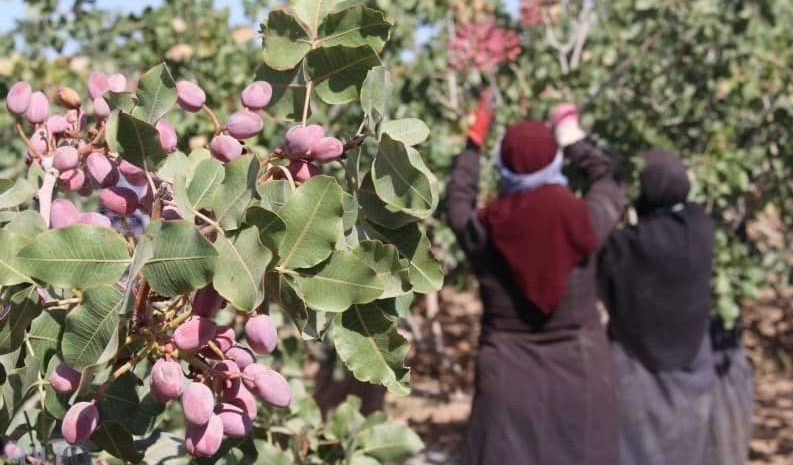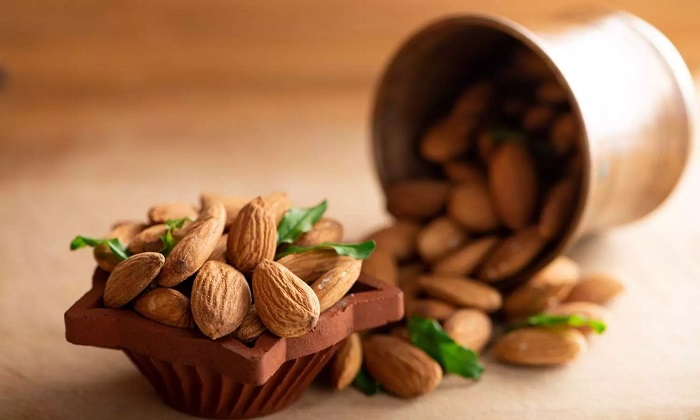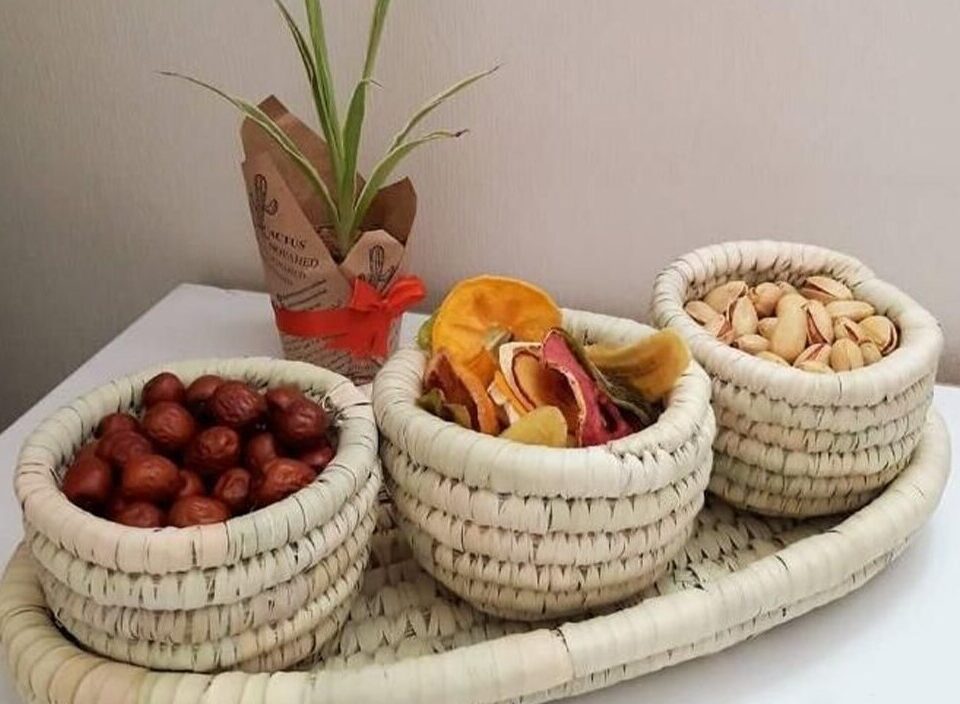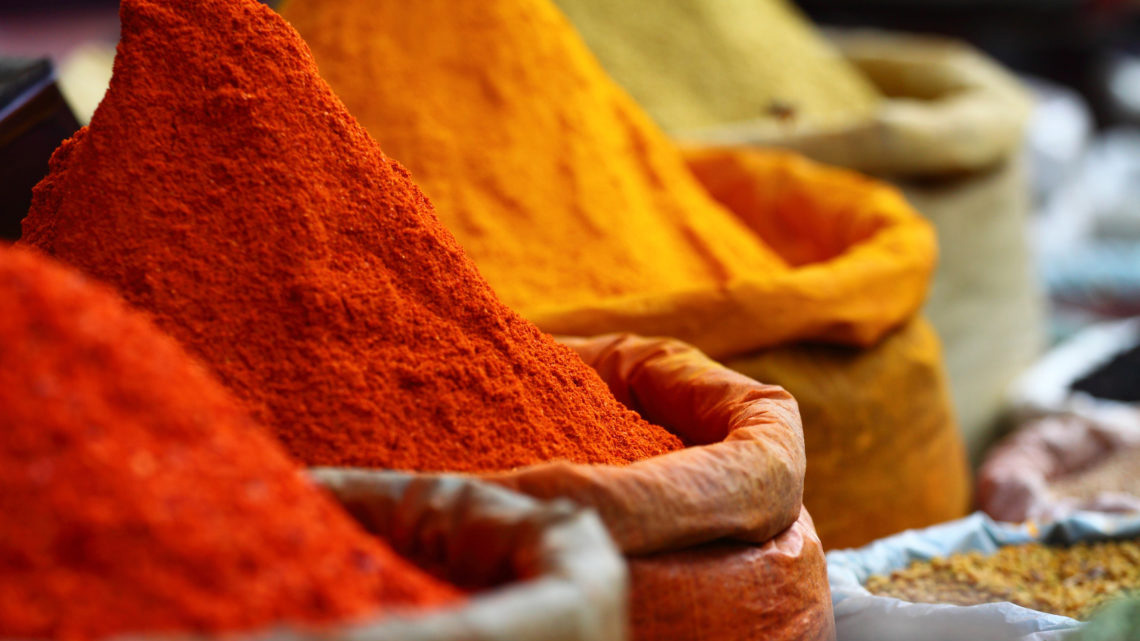
Must-Know Iranian Spices
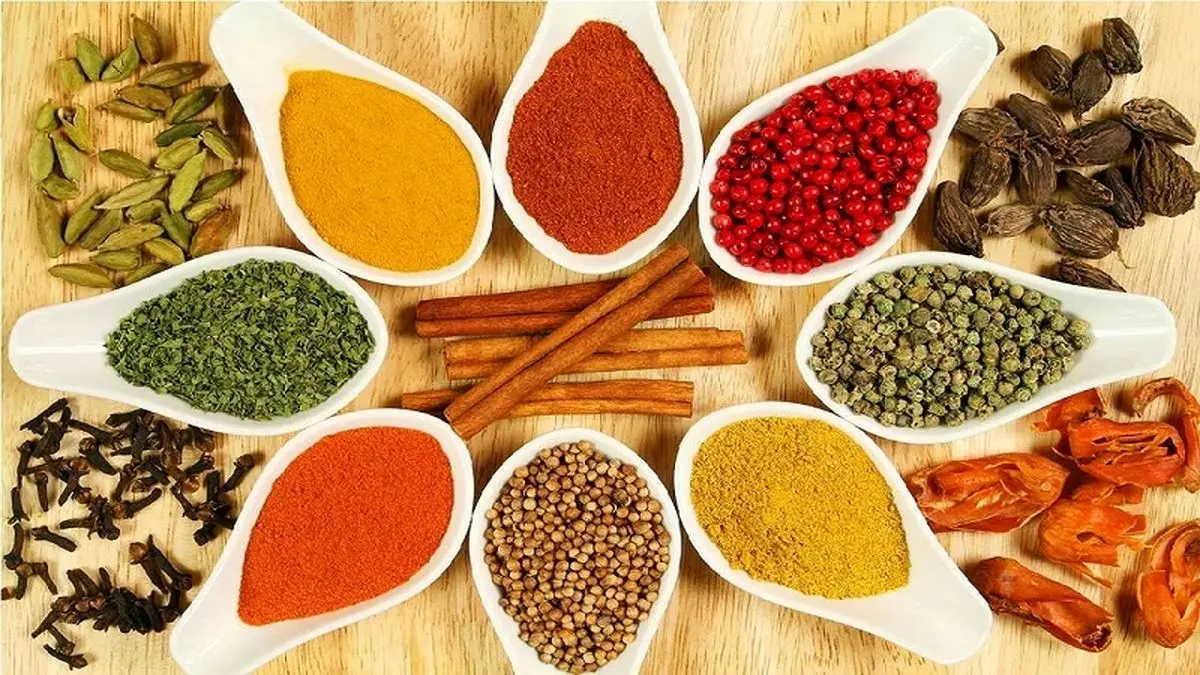
Cooking with Iranian Spices
Tips for Buying High-Quality Dried Fruits
Dried fruits are a healthy and convenient snack, but choosing the best quality can be challenging. Whether you’re buying them for snacking, baking, or adding to your meals, the key is to look for dried fruits that are both delicious and nutritious. Here are some tips to help you select high-quality dried fruits.
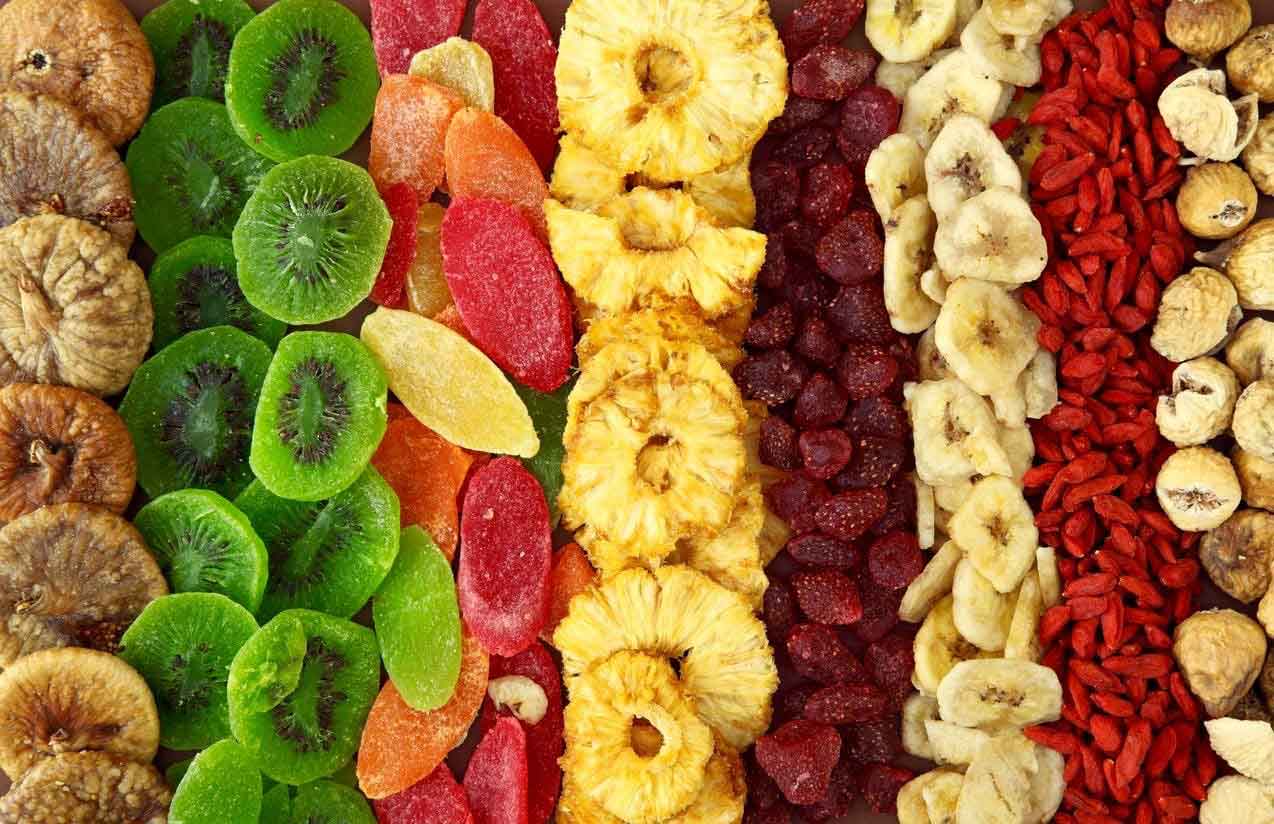
Persian Dried Fruits
1. Check for Minimal Ingredients
High-quality dried fruits should contain minimal ingredients—ideally just the fruit itself. Avoid dried fruits that have added sugars, preservatives like sulfur dioxide, or artificial flavorings. While certain preservatives help extend shelf life, they can reduce the overall nutritional value of the fruit and may cause allergies or sensitivities in some people.
Tip:
Look for labels that say “unsweetened” or “no added sugars” to ensure you’re getting a healthier option.
2. Examine the Texture and Appearance
Good-quality dried fruits should be soft and pliable but not too sticky or tough. The color of dried fruits can vary depending on the drying process, but they should generally have a natural look rather than an artificially bright or shiny appearance, which could indicate added chemicals or sugars.
- Dried apricots: Typically have a deep brownish-orange color when naturally dried (not bright orange, which indicates preservatives).
- Raisins: Should be dark and plump, not hard or shriveled.
- Figs: Should have a soft, tender texture without excessive sugar crystals on the surface.
Tip:
If the dried fruits appear overly glossy or too moist, they may have been treated with sugar syrups. Natural dried fruits should look dry but not overly hard.
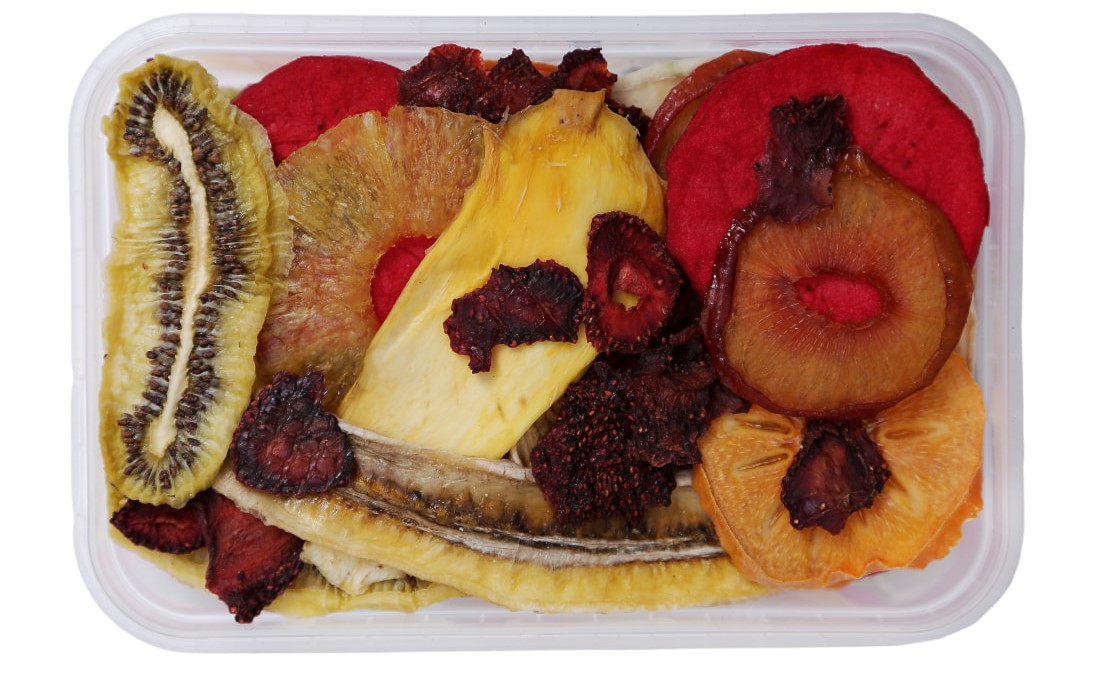
Persian Dried Fruits
3. Smell for Freshness
High-quality dried fruits should have a pleasant, natural aroma. If the fruit smells overly sweet or has a chemical-like odor, it may contain artificial additives or preservatives. If possible, give the fruit a sniff before buying to ensure its freshness.
Tip:
Avoid dried fruits with a sour or musty smell, as this could indicate that they are past their prime or have been improperly stored.
4. Consider Organic Options
Choosing organic dried fruits is a great way to ensure that you’re avoiding pesticides, synthetic fertilizers, and harmful chemicals used in conventional farming. Organic options are often dried naturally without the use of sulfur dioxide or other preservatives.
Tip:
Look for organic certifications on the packaging, such as USDA Organic or EU Organic labels, to ensure the product meets organic standards.
5. Check for Added Oils
Some dried fruits are coated with vegetable oils to prevent them from sticking together. While this is not necessarily harmful, it’s best to choose dried fruits without added oils whenever possible. Added oils can increase the fat content and change the texture of the dried fruit.
Tip:
Opt for dried fruits labeled “oil-free” to avoid unnecessary additives.
6. Avoid Candied or Sweetened Varieties
Some dried fruits are heavily sweetened or candied, making them more like candy than a healthy snack. Candied fruits are often coated in sugar syrup, which increases their calorie content and diminishes their nutritional value. While they may be tasty, they don’t offer the same health benefits as unsweetened dried fruits.
Tip:
Choose dried fruits that list only the fruit itself as the ingredient, without added sugar or syrups. Common examples of candied fruits include pineapple, mango, and papaya.
7. Check the Expiration Date
Dried fruits have a long shelf life, but they can lose their flavor and nutritional value over time. Always check the expiration date on the packaging to ensure that you’re purchasing fresh dried fruits. Also, pay attention to how the dried fruits are stored in the store, as improper storage conditions can affect their quality.
Tip:
Dried fruits should be kept in a cool, dry place, preferably in an airtight container, to maintain their freshness.

Persian Dried Fruits
8. Buy in Small Quantities
Unless you consume a large amount of dried fruits regularly, it’s best to buy in small quantities. Dried fruits can harden or lose their freshness over time, even when stored properly. Purchasing smaller amounts ensures that you’re always enjoying fresh and flavorful fruits.
Tip:
If you buy in bulk, consider storing extra portions in the freezer to extend their shelf life.
9. Pay Attention to the Source
Dried fruits sourced from reputable regions, like Iran, which is known for its high-quality dates, apricots, and raisins, are often superior in flavor and nutritional value. Understanding where the fruit comes from can give you insight into the quality and growing practices used.
Tip:
Look for labels that indicate the country of origin, especially if you’re seeking specific varieties like Persian dates or Turkish apricots.
10. Taste Before You Buy (When Possible)
If you’re buying dried fruits from a market or specialty store, ask for a sample to taste before purchasing. This gives you a chance to evaluate the flavor, texture, and freshness of the fruit. Quality dried fruits should have a natural sweetness and rich flavor without an overly sugary taste.
Tip:
If tasting isn’t possible, go for brands or sellers you trust or those that offer detailed product descriptions.
Conclusion
Choosing the best dried fruits involves paying attention to a few key factors such as the ingredients, texture, and source. By opting for unsweetened, minimally processed fruits, you’ll enjoy all the natural flavors and health benefits that dried fruits have to offer. Remember to check for freshness, avoid added sugars, and prioritize organic or naturally dried options to make sure you’re getting the highest-quality product.

